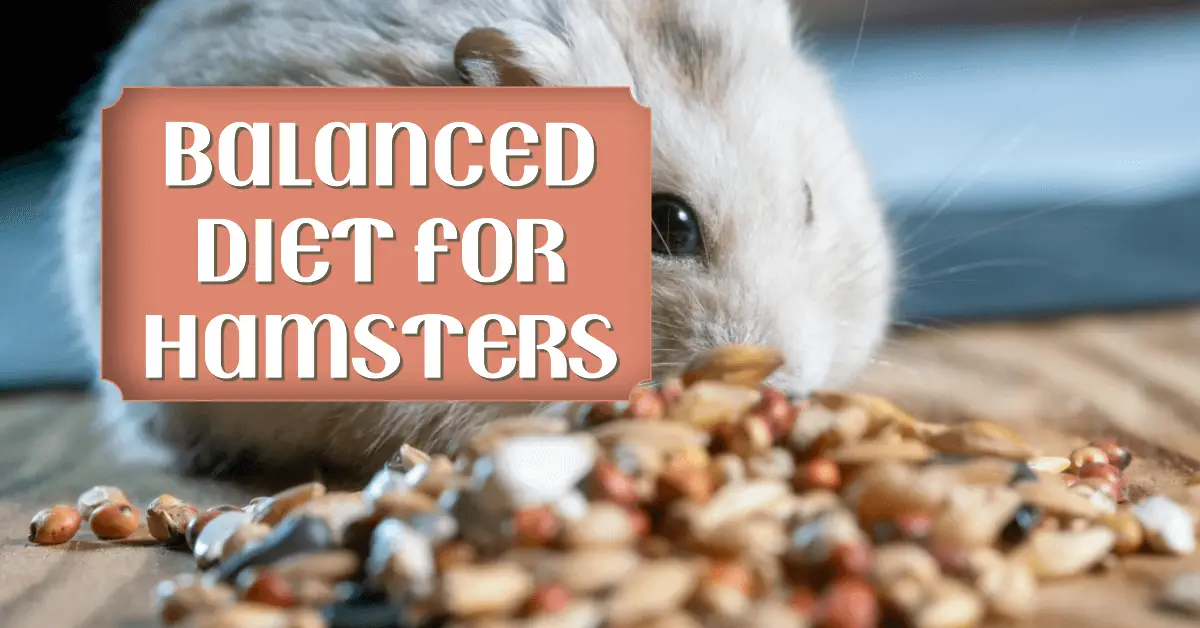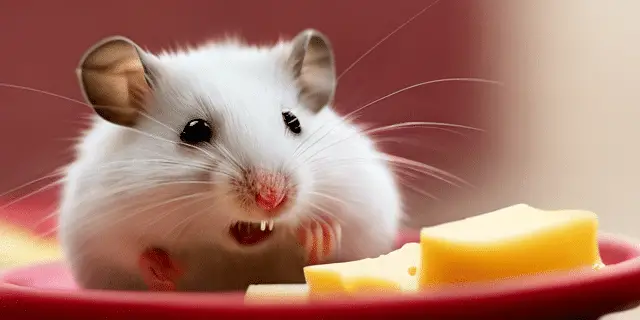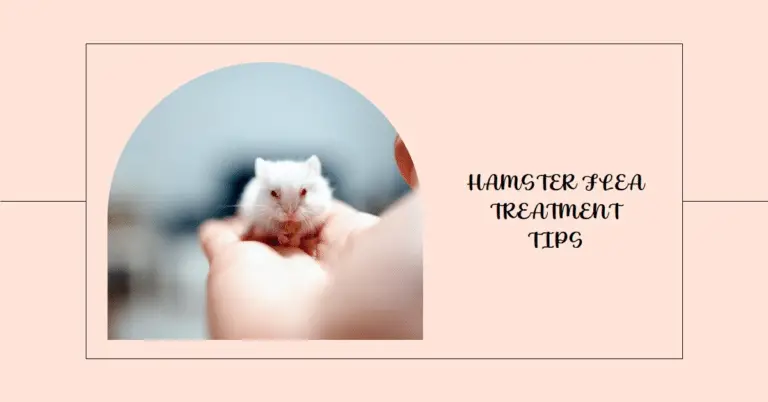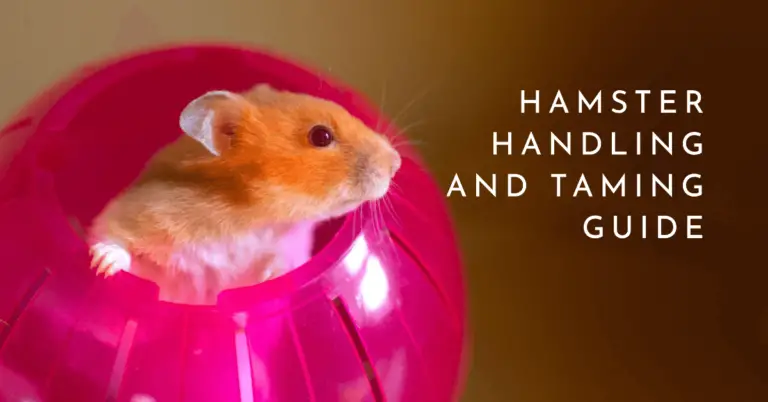As hamster parents, we know our small fuzzy companions rely on us to meet all their needs – especially nutritional. The old hamster food mix staples from the pet store simply don’t cut it anymore. We now understand the intricacies of a hamster’s dietary requirements for supporting good health and longevity.
My goal with this guide is to equip you with the knowledge to easily create a balanced feeding plan. Get ready to discover the diverse foods hamsters thrive on, from seeds and grains to fresh fruits and vegetables. I’ll share tips on establishing a daily feeding routine while avoiding common diet pitfalls too. Read on to level up your hamster nutrition game!
The Core Diet Components: Fortified Hamster Seed Mix
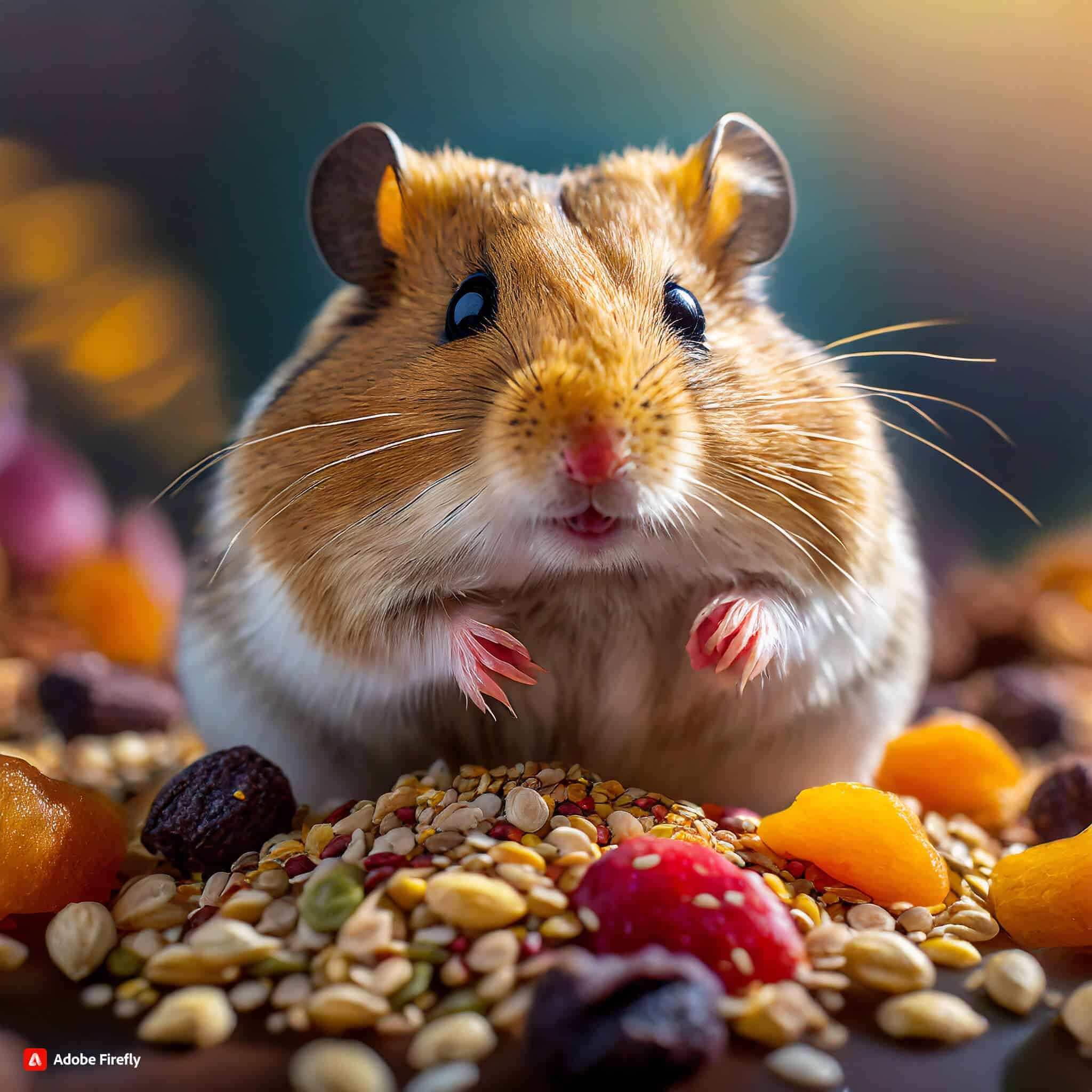
The foundation of a hamster’s balanced diet is a high quality, commercial seed mix. Skip the colorful muesli style mixes – these encourage selective feeding. Instead choose a mix specifically formulated to deliver complete nutrition.
Great options contain:
- Whole grains – barley, oats, wheat support digestion
- Dried corn/soybean blend – healthy plant-based protein
- Dried carrots or veggies – mimics natural grazing
- Dried fruits like papaya for vitamins
- Essential fatty acids from flax or canola oil
- Vitamin/mineral fortification
A premium hamster mix delivers beneficial variety lacking in lower grade foods. This seed base supplies healthy complex carbs, plant protein, dietary fiber and essential nutrients.
Feed 2-3 teaspoons daily per average adult hamster, along with fresh additions. Always provide unlimited timothy hay for extra snacking and nest bedding.
Complementing With Fresh Foods
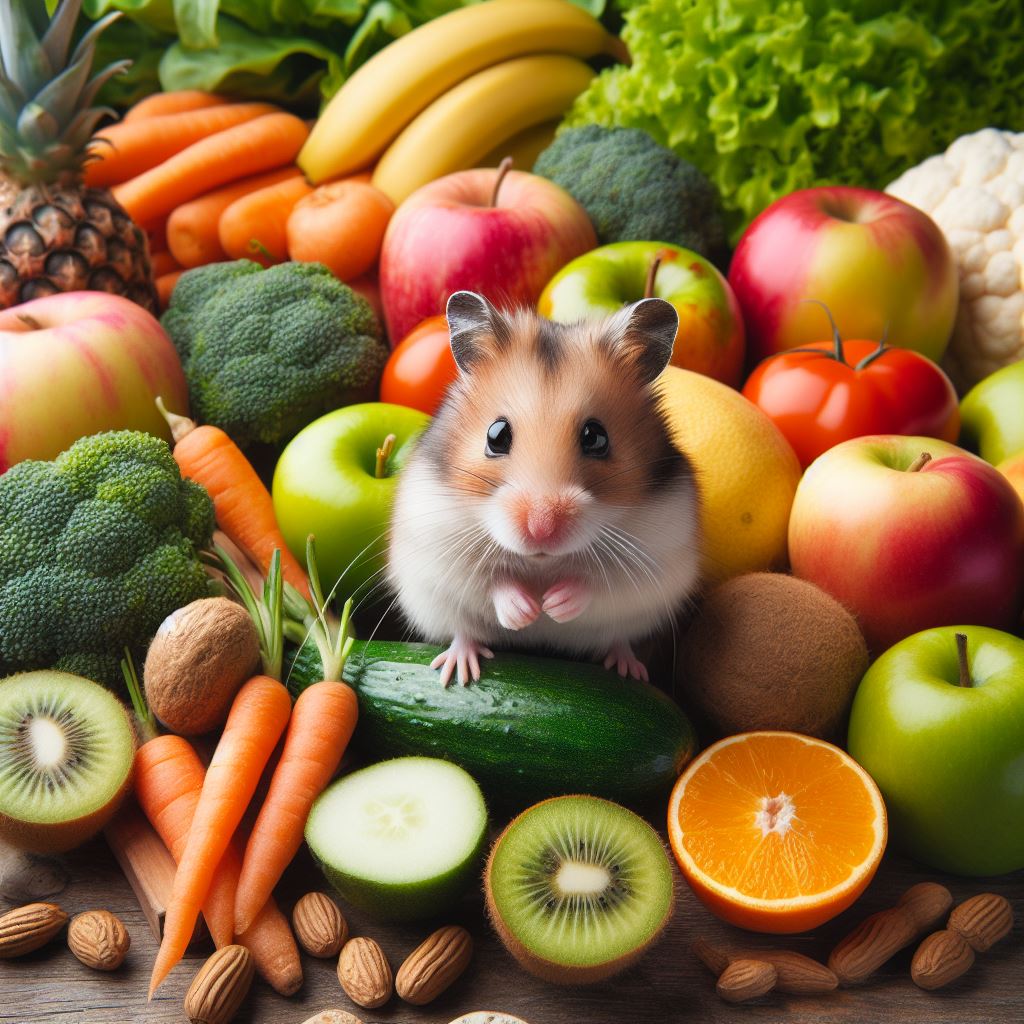
While commercial hamster mix makes feeding simple, half your hamster’s diet should comprise fresh ingredients for full nutritional balance.
Offer a teaspoon sized serving of fresh produce nightly, in addition to continuous seed mix access. Combine selections from:
Vegetable Choices
- Broccoli/kale for antioxidants
- Carrots – natural source of vitamin A
- Sweet potato – vitamin C and fiber
- Cooked plain potato contains potassium
- Peas and corn – starchy carbs
Fruit Options
- Blueberries – vitamin C and manganese
- Banana – vitamin B6 and potassium
- Apple – fiber (no seeds)
- Melon for hydration
Protein Sources
- Boiled egg – amino acids for muscle growth
- Plain cooked chicken
- Crickets/mealworms – natural treat
Occasional Healthy Treats
- Plain yogurt with live cultures
- Small cube of cheese
Avoid sugary fruits or starchy treats like pasta or bread which spike blood sugar. Slowly integrate new ingredients one at a time watching for signs of an upset stomach or allergic reaction.
Tip: Lightly steam tougher veggies and dice items to pea size portions for easy eating.
Building a Feeding Routine
With so many diet components in play, staying organized is key! Here is a simple daily hamster feeding schedule:
Morning: Freshen dry food dish with 2-3 teaspoons hamster mix. Top off water supply.
Evening: Provide 1-2 teaspoons of chopped veggies/fruits. Check water bottle is full.
Late Night: Scatter a small amount of dry food around enclosure to stimulate foraging before bedtime.
Sticking to this consistent schedule ensures your hamster always has access to healthy fresh and dry foods supporting natural grazing. Pay attention to daily consumption to guide your portion sizes accordingly.
Avoiding Pitfalls

Steer clear of these all-too-common hamster diet mistakes:
- Excess treat offerings lead to obesity
- Introducing new foods too quickly causes upset stomach
- Neglecting water changes risks dangerous bacteria
- Overfeeding protein can lead to selective eating
- Adding dairy beyond tiny portions causes diarrhea
Monitor your hamster’s food interest, weight and waste changes closely. Adjust food quantities gradually as needed.
Setting Your Hamster Up For Success
Now you have all the tools to provide optimal hamster nutrition! Here’s what we’ve covered:
- Bulk diet is commercial fortified seed / grain blend
- Mix in fresh vegetables, fruits and proteins nightly
- Consistent feeding times establish healthy routine
- Increase or reduce portions based on consumption
- Only provide sugary/fatty foods on rare occasion
It seems like a lot to balance at first. But simply stick to the basic food groups, introduce fresh options slowly, and store excess in sealed containers to retain maximum vitamins and texture quality.
Soon you’ll be prepping colorfully wholesome meals packed with nutritional variety your fur baby gobbles up happily while staying at their healthy target weight!
For even more hamster diet tips and nutrition resources, explore the rest of the articles on my website Hamster Harbor or refer back to my comprehensive hamster care guide.

